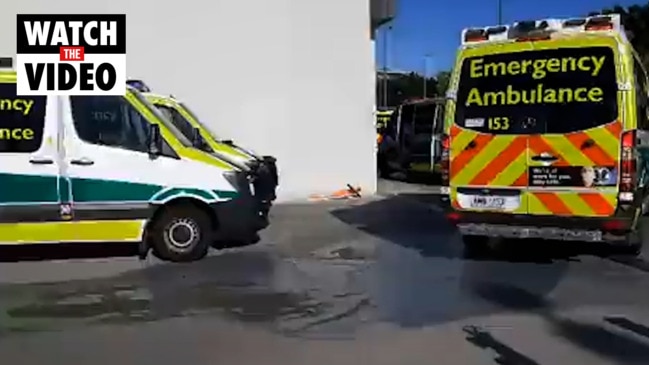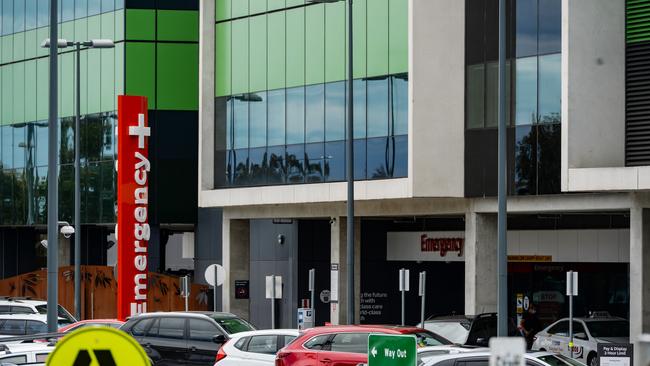New report shows relentless pressure on emergency departments has frustrated patients walking out
Emergency department arrivals are ballooning at three times the population growth, worsened by the state’s ramping crisis. The consequences could be enormous – and deadly.

SA News
Don't miss out on the headlines from SA News. Followed categories will be added to My News.
Emergency department presentations are soaring at three times the population growth but long waits to be seen are causing droves of arrivals to leave in exasperation without being treated.
Even once seen by doctors the gruelling wait in the public health system continues — more than 90 per cent of patients have to wait around 13 hours in a South Australian ED before they finally get to a ward bed.
Research by the Australasian College for Emergency Medicine – representing frontline ED clinicians – shows ED presentations nationally hit an all time high of 8.8 million in 2020-21, and 580,000 in SA.
Since 2016-17, there has been a 14 per cent increase in ED presentations while the population grew by 5 per cent.
As the state government struggles with its promise to “fix ramping” – and hospitals such as Flinders Medical Centre turn to “unconventional spaces” such as storerooms to put beds as demand surges – people seeking help are voting with their feet over long delays for help.
The college’s State of Emergency 2022 report shows nationally 6 per cent of arrivals left EDs without being treated while in SA it was 7 per cent of arrivals – a 67 per cent increase since 2016-17.

SA led the nation for ED presentations for mental health issues at 5 per cent, and also for arrivals aged over 65, at 25 per cent.
While demand at EDs soared, the number of available public hospital beds actually fell, by 4 per cent per 1000 population nationally since 2016-17.
It was far worse in SA where the report says between 2016-17 and 2020-21, ED presentations per 1000 population requiring hospital admission increased 10 per cent but public hospital beds per 1000 population fell nine per cent.
ACEM president Dr Clare Skinner noted the data was not due to Covid and the pressure on EDs has been steadily increasing for years.
“State of Emergency 2022 is the concrete proof of what Australia’s emergency doctors have been saying for years: EDs in every state and territory in Australia are in a state of emergency,” Dr Skinner said.

“There have never been more people requiring acute healthcare, people have never had such complex health needs, and people have never had to wait so long for urgently needed care.”
“The healthcare system must undergo urgent and collaborative reform, led by the federal government, to ensure all people get the healthcare they need, when and where they need it.”
Dr Skinner noted the report outlines “strategic, long-term, whole-of-system, nationwide approaches for reducing pressures on emergency departments, and the broader health system.”
The report found only three of the six major public hospitals accredited by the college – accounting for 76 per cent of all ED presentations – met its minimum staffing recommendation.





